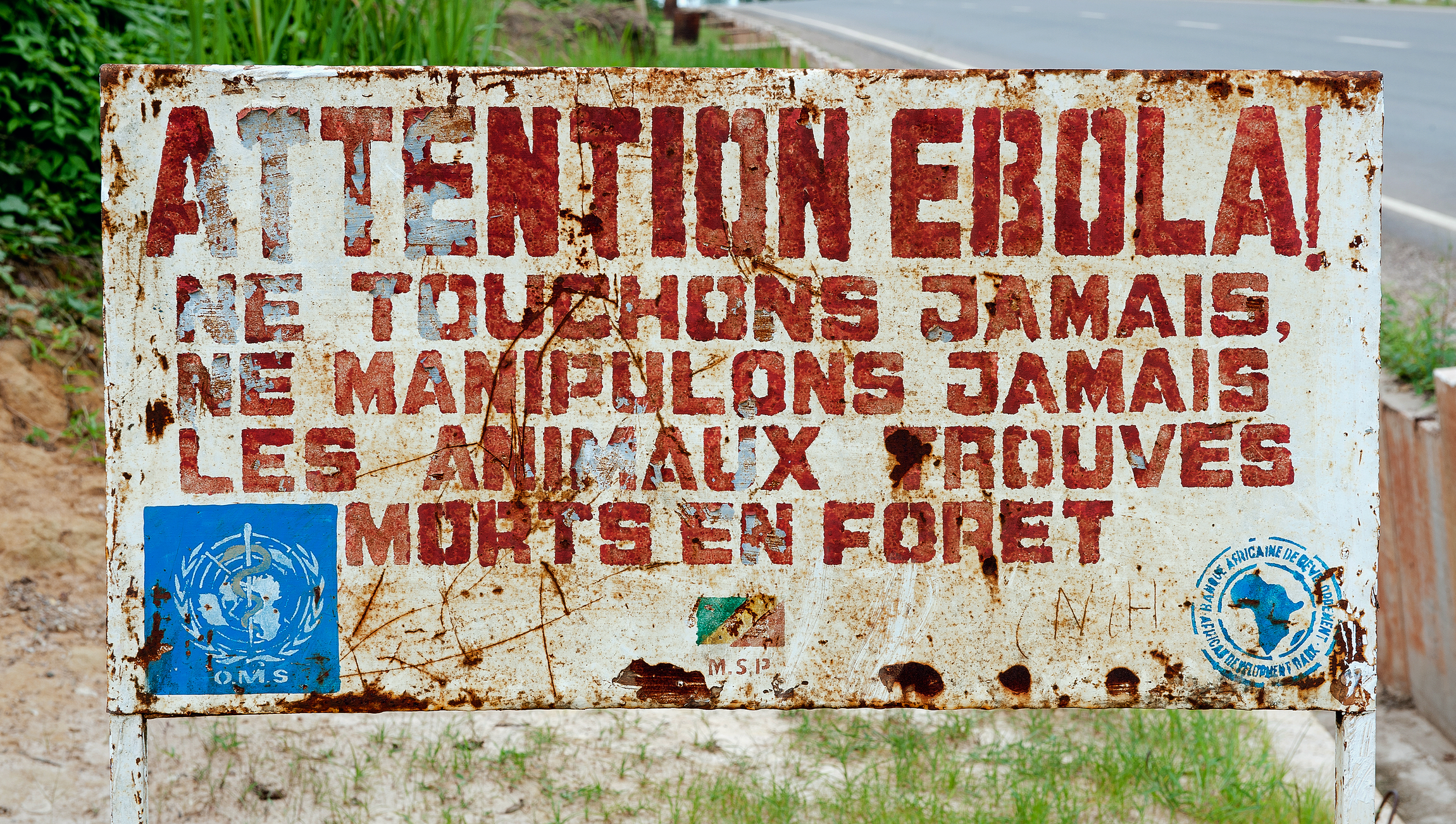How Dropbox helped tell the world about Ebola

In 2014 Ebola broke out in West Africa and the world was appalled by stories of death and suffering from one of the world’s most terrifying viruses.
Footage from right inside the danger zone made for compelling but horrifying viewing on our nightly news bulletins. Since the outbreak was declared over, we’ve discovered that Dropbox was instrumental in helping to bring those pictures from inside Africa out to an international audience.
We’ve been chatting to Journalist Nick Garnett, who was responsible for putting Dropbox at the heart of the disaster, in order to tell this story. “As a journalist, I wanted to help tell stories – some unimaginably awful, some incredibly heart-warming – of what life was like inside the infected areas.
Yet, just like every other outbreak of this vicious virus, we were stuck. Take a camera crew and equipment into the treatment zone and we were doing two things; risking life with contamination of kit, and taking up valuable resources on the ground.
A camera is impossible to decontaminate, full of nooks and crannies and requiring a full crew to manage – a crew who then need looking after.
So a problem then. A story that so desperately needed telling, but with no way of telling it properly.
As an expert on mobile journalism, I was drafted in as the outbreak began to escalate, to see if I could work out a solution.
There were two priorities: eliminate any infection risk to anyone, and absolutely minimise disruption of the vital aid work being done there.
The first breakthrough was the discovery that small, smooth devices like tablets could actually withstand decontamination with strong bleach. That gave us the start of a portable camera kit. With an iPod Touch, mini tripod and personal tie clip mic, we had a low-impact, easy to use and safe way to record.
The next challenge was finding a way to get material back to the UK without involving any work from the medics themselves. This is where Dropbox comes in.
We could have used other cloud-based file transfer programmes but we needed something which required no effort at all. By setting up the iOS app to automatically upload the camera roll every time the user went into a Wi-Fi enabled area, we could background-upload everything without anyone on the ground needing to think about it.
Just before the small group of UK medics we’d chosen to help us, departed for Africa, we kitted them out and I created a short “how to” video. The key was the simplicity of the method. One medic asked me: “how on earth do I film myself?” and I simply said “just as you would to take a selfie”. I could see the understanding and relief on her face.
Our brief was simple: don’t do anything you’re uncomfortable with, don’t interview patients, simply tell us – when and where you can – what you’re seeing and feeling. The point was getting access to their eyes and ears. It was a true video diary, it wasn’t about asking medics to become reporters.
The content that came back was astonishing. The doctors themselves absolutely got the point of the project, and seeing their stories come in every day was fascinating.
The system worked like a dream: as soon as medics left the contaminated area, they’d enter the main camp which had Wi-Fi. So literally the minute they stepped out, their material would be automatically uploading to Dropbox, whilst they took a break, refuelled or rested. The best thing about it was that it required no effort at all. What I didn’t want, was to interfere with their work – or rest – in any way. I didn’t even want them to have to connect and press send. And with the cloud, we achieved that.
Often we were waiting for content to broadcast each morning and producers would ring me, concerned it wasn’t there and I’d promise it would be – and we would literally see it drop. It would then be edited and broadcast within hours.
It’s given me an insight into how powerful the cloud can be in broadcasting – and not only internationally. It seems crazy now that reporters travel all over the country every few days to collect footage from video diaries when the same upload system could eliminate all that travel. The way we were able to integrate and collaborate within Dropbox to edit and prepare the broadcast also completely changed the way we were working. Collaborating with producers to make sure we were using the same shots, the same audio clips for TV and radio, and then being able to work together on a different version for online – this all ensured the coverage was consistent and on-message. When you think of the old days of actually sending files from one place to another, the transformation is astonishing.
Our content was broadcast on Five Live Breakfast, Breakfast TV news, BBC online and Five Live In Short as well as being shared across BBC Nations and Regions. It’s all about collaboration, isn’t it? In fact I think the success of the whole idea was down to everyone working together and wanting the same result.
The cloud gave us access to the content we needed. It would have been too dangerous and too disruptive to even attempt to get it another way. Not only that, but the video-diary format gave us an amazingly pure and honest account. It was so personal – the doctors got over any sort of self-awareness issue that would have resulted from having a crew present. Once a reporter is involved, you are inevitably colouring what people say – this footage was what our doctors were happy to give, and they were telling their story entirely in their own way.”
You can watch the interview with Nick Garnett on our blog, where he explains more about how the cloud is taking journalists beyond borders.




